Metal Toxicity in Agriculture Crops: Emerging Trends
This book comprises of twenty chapters which include the mechanism for deriving metal extraction from the soil by the assistance of microorganisms with special reference to mycorrhiza. Metal homeostasis and chelators, Vacuoles, trichomes and hydropotes sequestration, Transporters for metal storage in organelles, Metal-tolerance protein involved in the compartmentalization of heavy metals, Heavy metal detoxification and signal transduction pathways, Physiological and molecular mechanism of metal accumulation in hyperaccumulators plants, Use of Algae in wastewater treatments. It also focuses on immobilization of heavy metals, especially cadmium in soil solution, mediated through mycorrhiza. Biofertilizers and nutrient significance are well described along with interesting facts and findings related to mycorrhiza. The application of fly ash in agriculture as a potential source to micronutrients and heavy metals in soils are well explained. Biosorbants along with bioremediation of heavy metals are well described. Similarly, biotechnological advances in bioremediation of cadmium contaminated terrestrial and aquatic environment and management of cadmium toxicity in crops are well described. This book aims to focus on the current state of knowledge and scientific advances about the pros and cons of heavy metal toxicity in crops. So the amendment materials to restore the functioning of soil and water resources. A holistic overview on affected land revitalization, clean up and revegetation using these amendments has been presented that could be implemented in the long term management of the heavy metals viz., Cd, Pb, Ni, Cr etc toxicity in the farmer's field and farmers crops. The scope of the inexpensive and energy-neutral soil amendments and technologies has specifically been highlighted with special reference to ameliorative effects of amended supplements. Renowned scientists around the world have contributed chapters on various aspects of the above topics. The scope of the book extends to environmental/agricultural scientists, students, consultants, site owners, industrial stakeholders, regulators and policymakers
Get it now and save 10%
BECOME A MEMBER

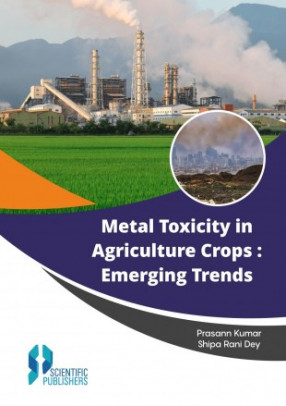
![Objective Plant Physiology: MCQ in Plant Physiology, [For ARS, CSIR, TIFRINCBS, IISc, GATE, IIT-JAM, Competitive Examinations]](https://www.bagchee.com/assets/images/books/2013/06/78917/thumb_286_69331.jpg)
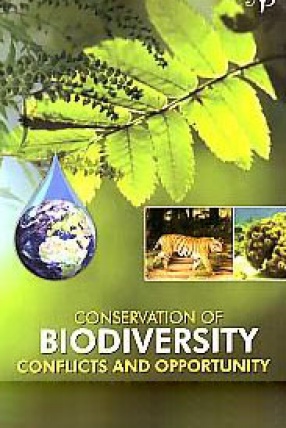
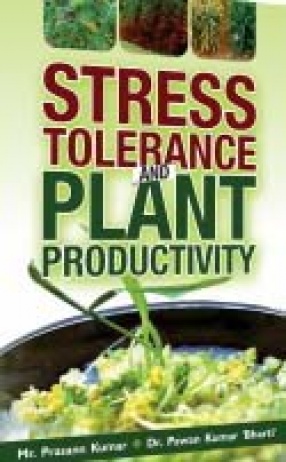
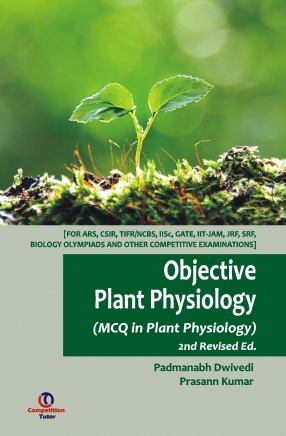
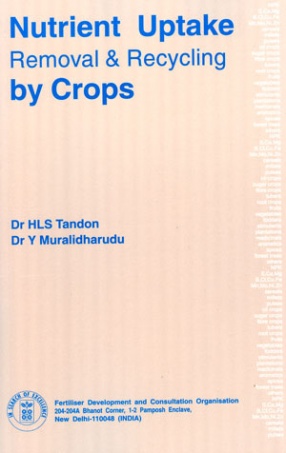
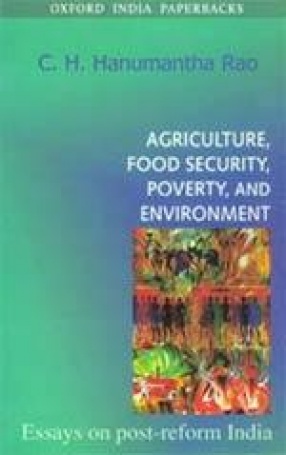
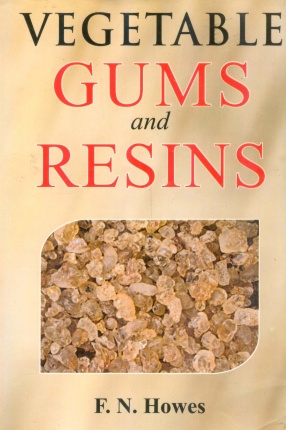
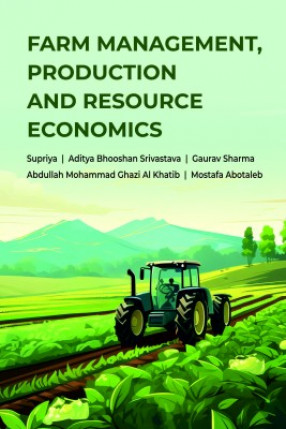

Bibliographic information
Shipa Rani Dey